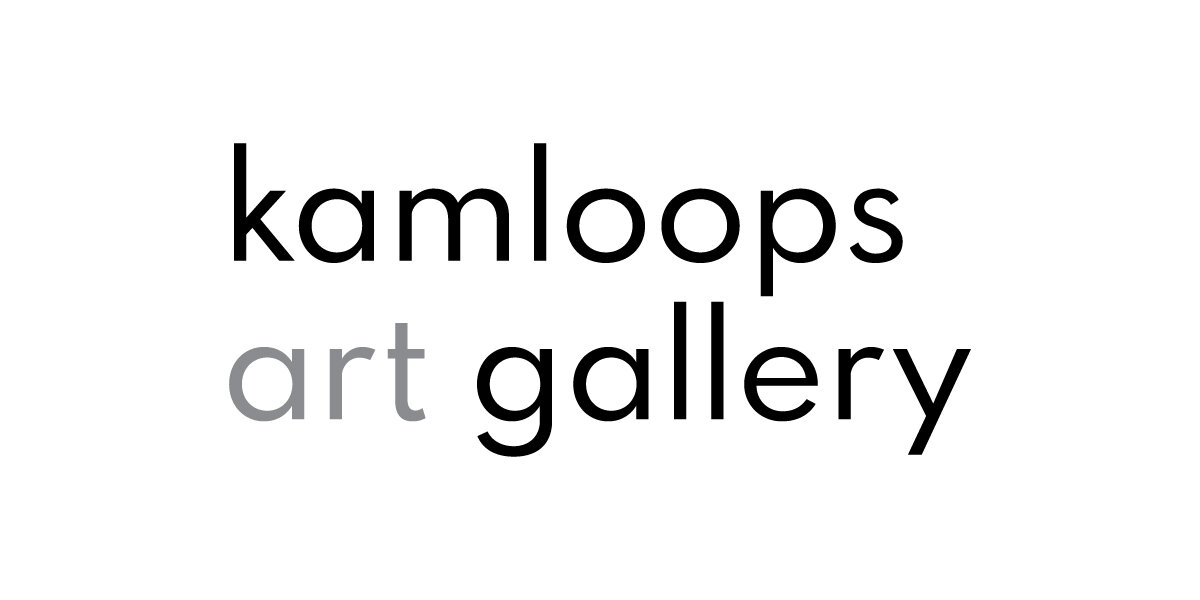Clay Cowpokes
SCHOOL PROGRAM LESSON PLAN – 4 to 6
Clay Cowpokes
Final Project Description:
A wood board supporting a clay relief sculpture. The work should be an imaginative self portrait as a “cowboy”.
Description:
Students will create 2D/3D clay relief self portraits as cowboys, revealing aspects of themselves that they feel people misread or communicating fantastic aspects of their personalities that are somewhat hidden. This is a “character study” in two ways, both personal and also looking at the constructed character of the cowboy.
Theory:
Students will (taken from the BC Curriculum PLOs):
-manipulate selected materials to create images
-create 2D images that represent ideas and concepts
-respond to artworks – Sonia Cornwall’s paintings
-create 2D and 3D images that express personal identity
Creation & Analysis:
- Explain what a stereotype is. Ask kids what other stereotypes they know about. Is a cowboy a stereotype? Why? Make a list of qualities that make up a stereotype.
- Show images online of ‘atypical cowboys’ referencing the Western exhibition content – who can be a cowboy? Is a cowboy an occupation rather than a person? Recall Louise Noguchi and Cornelia Wyngaarden. Explain that cowboys and girls were often outsiders. Do you ever feel like an outsider? Why? Look at cowherds from other cultures – Maasai warriors, traditional “cowboys”. Are they “cowboys”? Why or why not?
- Make 2D slab faces and/or 3D full body relief sculptures using clay which explore these ideas. Explain what a relief is. Have students use themselves and how they imagine themselves as a cowboy as a reference to make self portraits as authentic or fantastic wranglers. Do they have hidden talents, characteristics or desires that people misinterpret? For instance, the “smart kid”, the “nerd”, the “jock” etc. Are there labels applied to them? How do they resist these? How do they imagine the secret side of themselves and can they express it as an outlaw or cowboy?
- Demonstrate how to use clay tools to create different textural effects. Build up details so they see how an image can transform from a 2D to a 3D image. Encourage them to try different textural effects and add lots of detail. They can do a face or full body and add sculpted clay negative space if they have room surrounding their main image. When they are done, send kids home with their boards as a ground. Use mason board or the wood boards (ones with holes in them are ok too).
Duration:
60 minutes in the studio – 10 mins on approach, 5 mins explaining tool use and safety and how to achieve different effects, 40 mins on project, 5 mins for wrap up and possible discussion or look at other’s work to end class.
Materials:
Wood or mason board
Clay tools
Clay and plasticine
Scrap paper
Pencils
Look & Discuss:
-HAVE STUDENTS PUT THEIR NAMES ON THEIR boards! This is important.
How do movies create what we think we know? What other media acts this way? How do we know what is true and what is fantasy? Has imaging ourselves as fantastic versions been liberating? How are stereotypes limiting? How can we resist them? How can we resist applying them to others?
Prep:
-Layout scrap sketching materials for planning their work – pencils, paper, etc
-Have wood/mason board set out as a ground, explain what a ground is
-Have clay lumps and any bits of plasticine that are usable out and ready
-Have a variety of tools set out for students to share, you can use atypical or unusual implements, there are a number of these in a bin labeled clay tools
Take it further:
Ask students to look at each other’s work at the end of class to see how other students approached their project. How are they similar? How are they different? How has this activity made them consider their concept of self and how characters are created? Do they now know what a stereotype is and how these are created? How do signifiers like clothing, hairstyle and habit influence our assumptions about people? Ask some prompting questions and get kids to share their ideas. Are there other characters in film that follow this format from pop culture that they follow? How will they look at film characters differently? Are characters now more complex to them as they have gone through the process of embodying one?
Can anyone be a cowboy? – yes!
